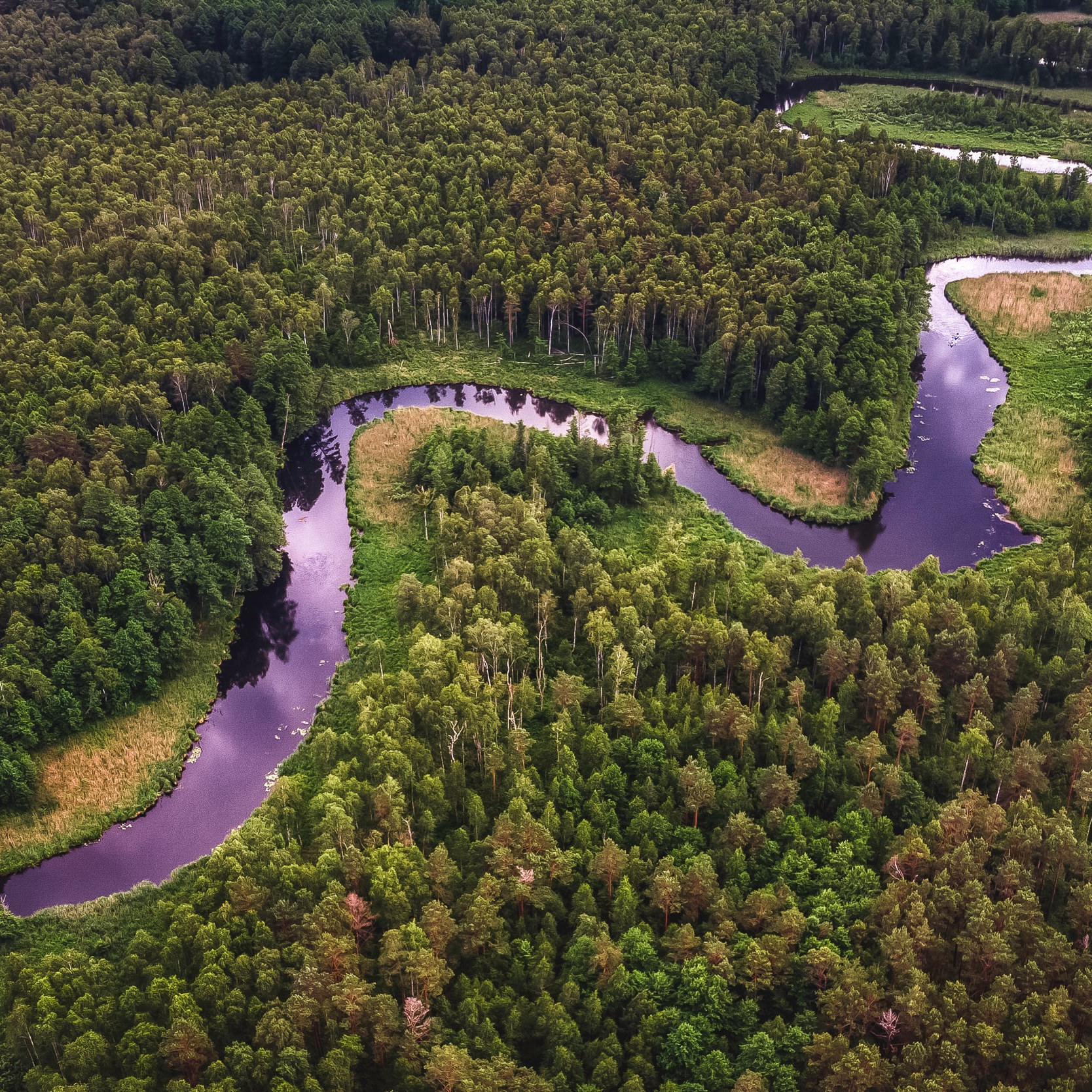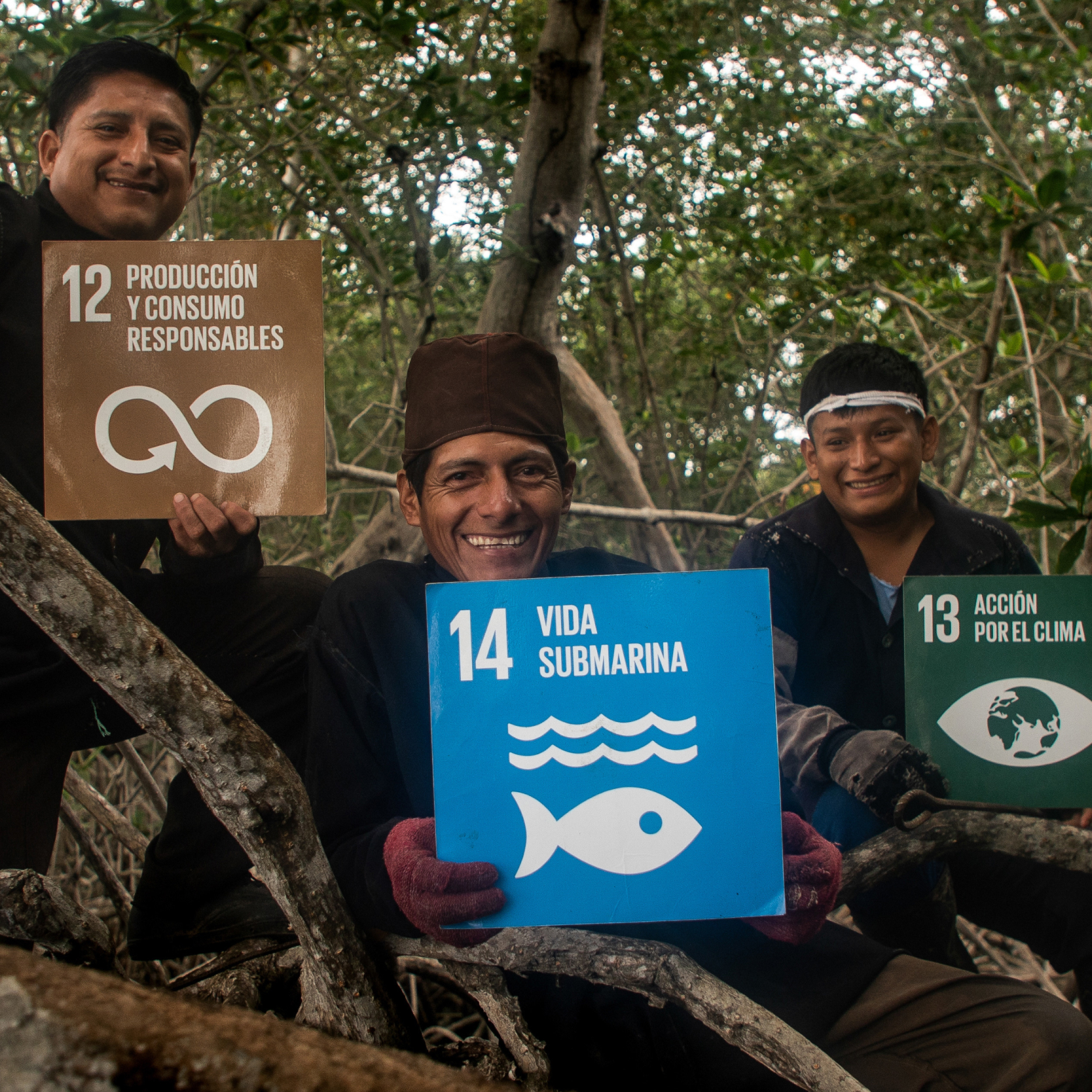
Issue Paper #3
Definition of a Biodiversity Credit
This issue paper contributes to the clarification of concepts and language which are instrumental in the process of developing an inclusive and high-integrity market in biodiversity credits. In the rapidly emerging landscape of ecological units and markets, all stakeholders need to speak the same language. This issue paper brings together many perspectives to present an inclusive but clear definition that sets minimum standards for biodiversity credits and projects associated with them.








